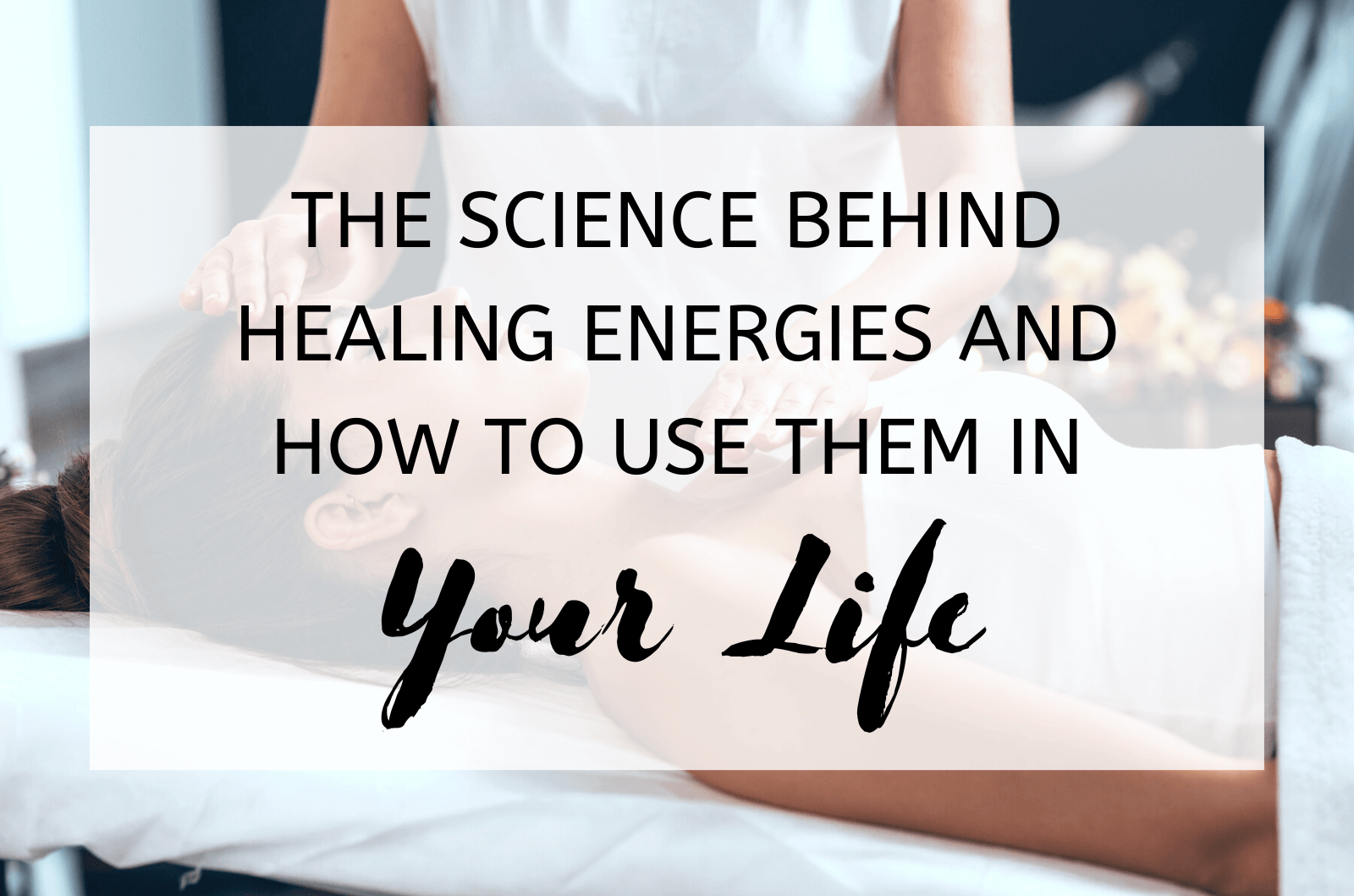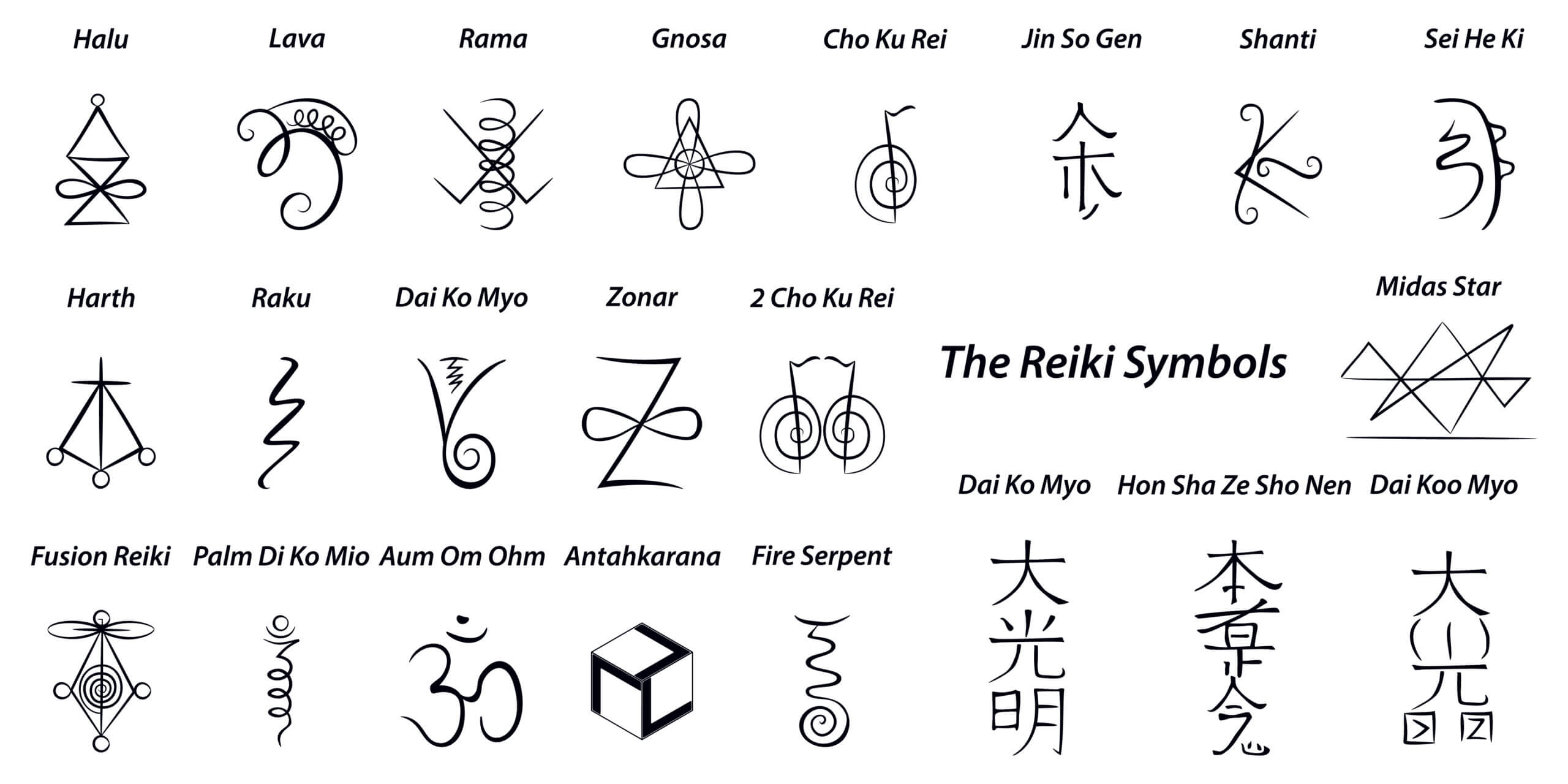Healing energies are subtle forces positively influencing a person’s physical, emotional, or spiritual well-being. Many people are intrigued by a healing energy power and the scientific explanation behind it. You’re probably asking this question; how can people use these subtle forces to improve their lives? Find out more by reading below.
Common Healing Energy Concepts
Some common concepts related to healing energies include:
-
Qi or Chi (Traditional Chinese Medicine)
In traditional Chinese medicine, Qi is considered a vital life force or energy that flows through the body along specific pathways (meridians). Practices like acupuncture and qigong aim to balance and enhance the flow of Qi for better health.
-
Prana (Ayurveda)
In Ayurvedic medicine, Prana is the life force that permeates the universe. Many people believe that yoga and meditation can help balance and optimize the flow of Prana in the body.
-
Reiki
Reiki pertains to a Japanese technique that channels “universal life energy” for healing and relaxation. Practitioners are highly knowledgeable about reiki symbols and meanings and use their hands to transmit energy to the recipient, aiming to balance the energy centers (chakras) in the body.
-
Energy Healing
Various forms of energy healing, such as therapeutic touch or energy medicine, involve the practitioner manipulating or directing healing energy to promote well-being. The specific methods can vary widely.
Scientific Explanation of Healing Energies
Most scientific claims are based on anecdotal evidence. However, the effectiveness of healing energies in providing cures is difficult to prove scientifically. However, some research on this topic shows interesting results.
-
Reiki Therapy
In a 2014 randomized trial review published in the National Library of Medicine, Reiki therapy shows effectiveness in helping relieve pain and anxiety. The Center for Reiki Research identified seven studies meeting the inclusion criteria by searching various databases. Effect sizes, calculated using Cohen’s d statistic, showed positive outcomes, suggesting that Reiki therapy may be effective in reducing both pain and anxiety.
Furthermore, the results from the 2011 Hindawi-published study indicate that participants who underwent Reiki therapy, involving six 30-minute sessions over a span of 2 to 8 weeks, experienced greater mood benefits compared to those who didn’t receive the treatment. It’s important to note that individual responses to Reiki and other alternative therapies can vary. However, further research studies are needed to establish the reliability of such findings.
-
Traditional Chinese Medicine
Traditional Chinese Medicine (TCM) comprises diverse practices with variable outcomes, and it has not undergone the extensive research typical of Western medicine. While herbs and acupuncture in TCM have received more research attention, other treatments within this system have been explored less. Nevertheless, existing studies show promise.
Acupuncture, a prominent TCM component, is widely recognized for its efficacy in conditions such as pain relief and alleviating chemotherapy side effects. Several TCM herbs are integrated into Western medicine clinics, addressing issues like sleep disturbances, arthritis, and menopausal symptoms.
In movement therapies, Tai chi, a TCM practice, shows promise in enhancing balance, especially for individuals with Parkinson’s disease. Cupping, another TCM technique, exhibits the potential to alleviate pain related to conditions such as shingles.
While acknowledging positive findings, further research is necessary to validate and expand our understanding of the potential benefits of TCM practices. Despite research gaps, these outcomes underscore the diverse applications of TCM within healthcare.
-
Ayurvedic Medicine
Dalhana, the author of one of Indian medicine’s ancient luminaries, says that Prana is a vital life element that serves as the sustenance for the body (deha). In oriental sciences, Prana is recognized as the concept of vitality. Vitality and vigor are regarded as synonymous, representing the manifestation of energy and enthusiasm.
The factors (upadan) for the life principle include Agni and eleven other elements. Agni, manifesting as five types of pitta and the fiery element within the tissues (dhatus), is the inherent energy (shakti) in the body. It serves as the adhidevata of vaak (speech) and supports life through functions such as food digestion. Soma, represented by five types of Kapha, exists in the form of Ap (water). This energy (shakti), residing in the tongue (rasanendriya), nurtures various liquid body elements like shleshma, rasa, and shukra, contributing to life support.
Vayu, existing in the body as Prana, udana, and others, supports life through respiratory functions, movements, and the regulation of Dosha, dhatu, and mala. Satwa, raja, and tama are components of prakriti, while the five indriyas (sensory organs) sustain life by perceiving objects such as light and sound. Bhutatma, also known as Karmapurusha, is the soul and the source of consciousness, actively involved in all factors and performing actions, whether good or bad.
-
Therapeutic Touch
Dolores Krieger, a nursing professor, developed the concept of therapeutic touch along with clairvoyant Dora Kunz. Therapeutic touch represents a modern interpretation of spiritualism, incorporating the theoretical manipulation of a hypothetical human bio-energy field as a complementary method for healing.
According to a reliable source, there’s no strong evidence supporting the claimed benefits of therapeutic touch in the studies they looked at. They checked twenty-one studies that dealt with different health issues. These studies used various methods, like experiments and reviews, and involved 1,302 patients.
Out of these, eighteen studies showed positive results. But, only four of them were considered trustworthy because they were done well. The others had issues like flawed methods, biases, not enough statistical strength, and overall lower quality. In simpler terms, the evidence supporting the benefits claimed in these studies isn’t very strong.
How to Use Healing Energies in Your Life
Incorporating healing energies into your life involves exploring various practices that focus on balance, relaxation, and well-being. While the efficacy of these methods varies from person to person, many individuals find them beneficial for reducing stress, promoting relaxation, and enhancing overall health.
Mindfulness meditation can help cultivate awareness of the present moment to manifest your highest potential. Focus on your breath, sensations in your body, and the environment around you. Mindfulness meditation can reduce stress, promote relaxation, and enhance mental clarity.
Learn about chakras and explore practices that focus on balancing and aligning these energy centers, such as meditation or specific yoga poses. Chakra balancing is believed to promote harmony in different aspects of your life, fostering emotional and spiritual well-being.
Choose healing crystals that align with your intentions or areas of focus. Carry them as jewelry, place them in your environment, or hold them during meditation. While scientific evidence is limited, some people find that working with crystals enhances their sense of well-being and balance.
Studies on healing energies have shown interesting results, as discussed above. Most of them support common signs and symptoms like pain and anxiety. While healing energies are popular in some alternative medicine systems, it’s important to note that the scientific community may not fully support or validate these ideas.





I’ve been getting your emails for quite sometime but bc of a challenge these last 3 1/2 years in my life I’ve overlooked them.
Fast forward incorporating meditation and rewiring of brain in progress, I’ve gone back to my roots of the metaphysical and of healing modalities and of course diet and figuring out “How to get healthy “ again to continue to eliminate the stressors in my life.
Thank you !
Wonderful to hear, Patty! So glad you are back with us & enjoying our emails. Wishing you much peace and good health in 2024 and beyond!